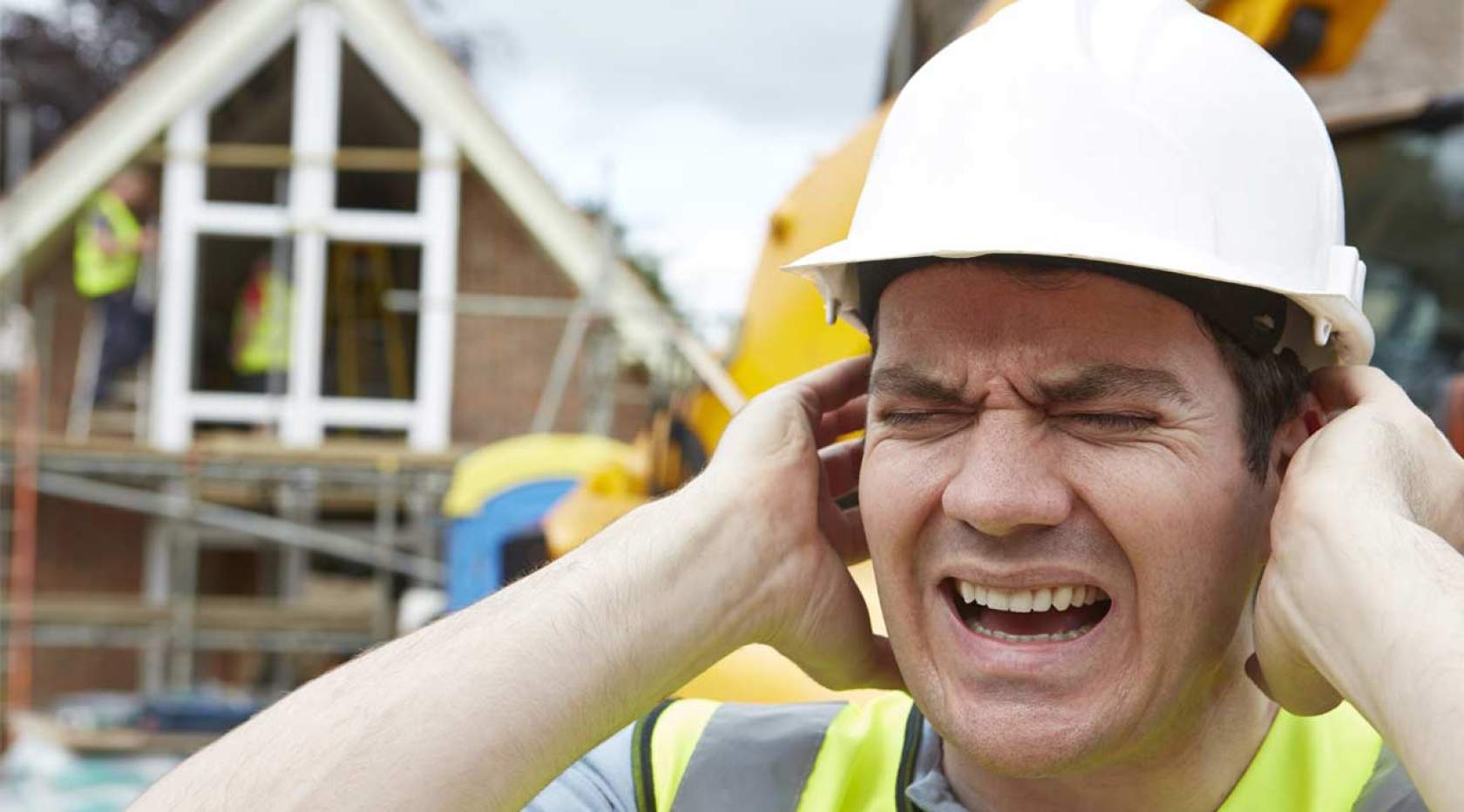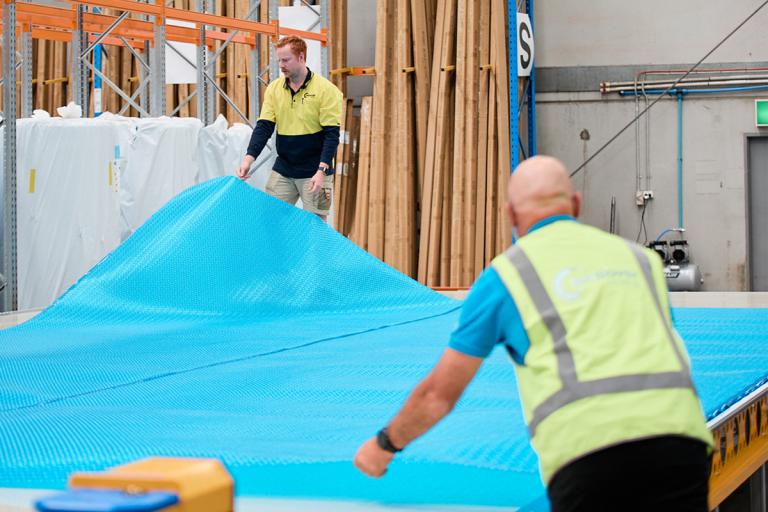Tradies urged to protect their hearing

Tradies across the country are at risk of developing permanent hearing loss due to noise hazards on the job, and are being urged to listen to the latest guidelines on how to protect their hearing health by wearing hearing protection devices.
According to academic research (Beach, Gilliver & Warwick) hearing loss due to excessive noise from machinery and power tools is one of the most widespread yet preventable workplace injuries. The good news is that recent findings show tradies who use hearing protection devices at work are also more likely to use them during noisy leisure pursuits.
A national survey of more than 8000 Australian adults conducted by the National Acoustic Laboratories (NAL), the research division of Australian Hearing, reveals that workplace users of hearing protection devices are five times more likely to use them at leisure. Men were significantly more likely than women to use hearing protection in 10 out of 20 leisure activities.
“It’s heartening to see that use at work predicts use ‘at play’,” says Dr Elizabeth Beach, Senior Research Psychologist at NAL. Dr Beach, who co-authored the report on hearing devices, says there are several signs you might have a hearing problem.
“If you’ve worked with noisy machinery or tools and have noticed that you can’t hear the television or phone as well as you used to, or if you’re noticing you need to ask people to repeat themselves, you might have sustained some noise-induced hearing damage,” she says. “It’s important to seek help to determine the extent of the damage and consider solutions.”
Fast facts for risk-averse tradies:
• Cumulative damage: lasting damage can result from a one-off exposure to excessively loud noise or from repeated exposures to moderately loud sound over an extended period of time.
• Power tools and permanent damage: Power tools often exceed 100 decibels so even if they’re only used for a short time, the damage to hearing can be permanent. Common culprits are pneumatic hammers, drills and saws.
Preventative steps include:
• Buy quiet to save your hearing: One of the most effective ways of reducing noise is to “buy quiet”. Next time you need to purchase a new saw or drill, check the manufacturer specifications and choose a model with a lower noise rating.
• Choose well-fitted hearing protection to keep industrial noise below harmful levels.
• Choose hearing protection that’s comfortable to wear for long periods – whether earmuffs or ear plugs, disposable or reusable – it’s critical to find a style that works for you.
• Remember: 85 decibels is considered the Safe Noise Threshold – if the sound of your tools is loud enough that you need to raise your voice to be heard, appropriate hearing protection should be worn.
Content: Hearing Australia
CAPTION: Lasting damage can result from a one-off exposure to excessively loud noise or from repeated exposures to moderately loud sound over an extended period of time




